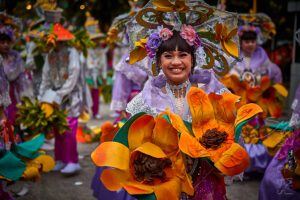
Halamanan Festival: A Blooming Celebration in Guiguinto, Bulacan
Halamanan Festival is a celebration that takes place every January 23rd in Guiguinto, Bulacan, the Garden Capital of the Philippines, celebrating the beauty of the
The Meycauayan Church, also known as the Saint Francis of Assisi Parish Church, stands as a historical gem in Bulacan province, predating even the Malolos Cathedral and Barasoain Church, making it one of the oldest churches still in existence today. Founded in 1578 by Franciscan priests Fr. Juan de Plasencia and Fr. Diego de Oropeza, its history is as rich and varied as its architectural evolution.
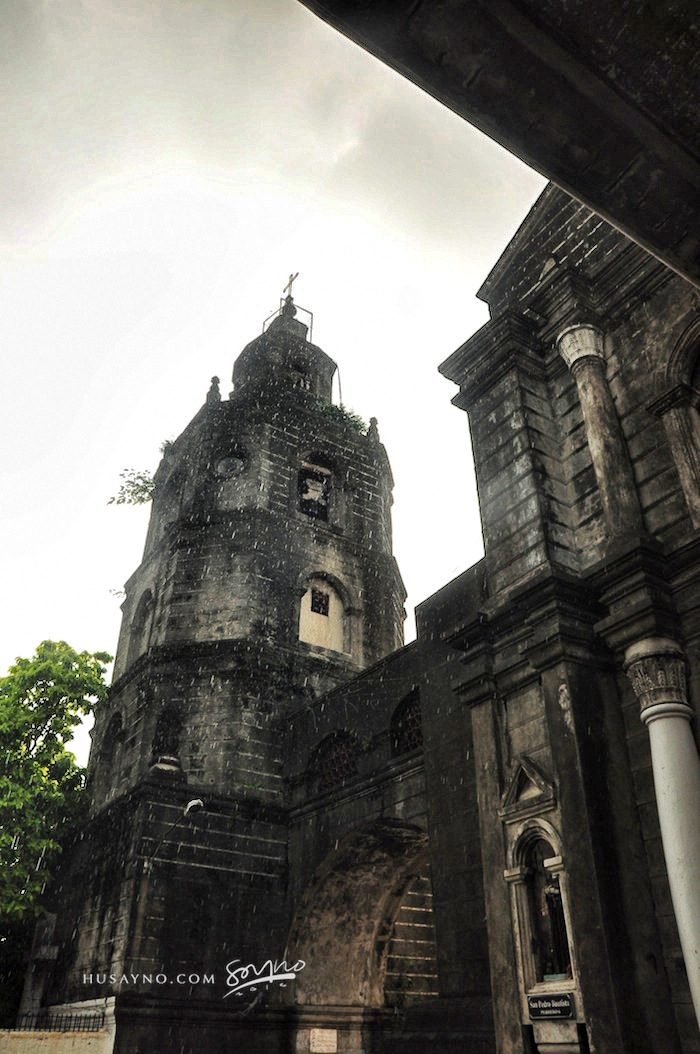
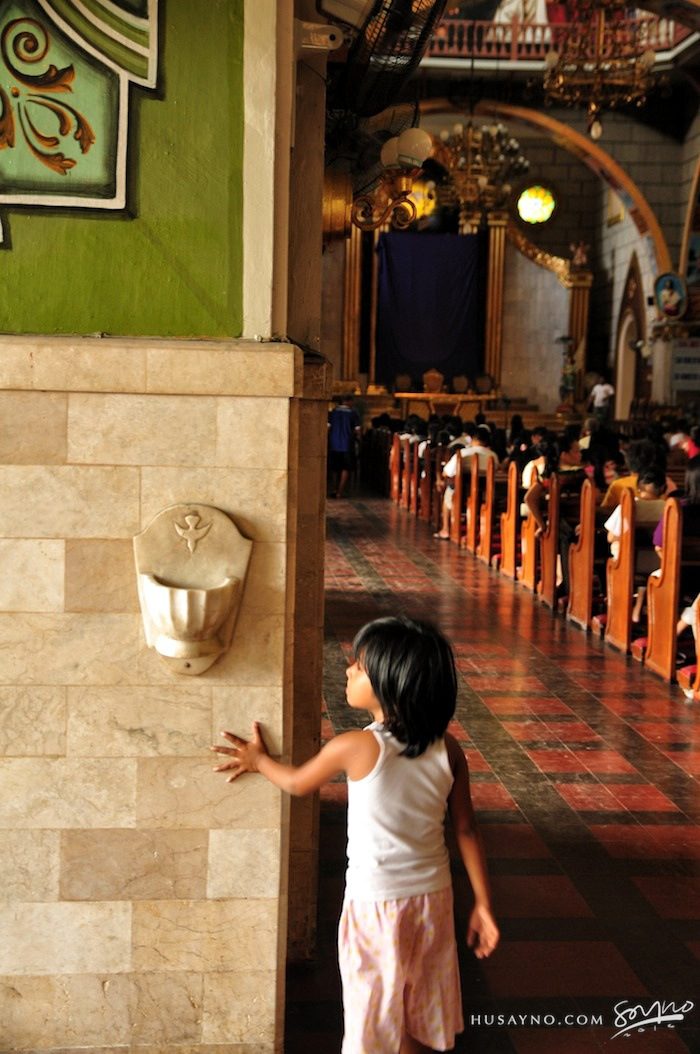
Originally, the church was a modest structure made of nipa palm leaves and bamboo. Unfortunately, it was destroyed by a typhoon in 1588. The Spanish government responded to the locals’ request for a more durable place of worship by decreeing the construction of an adobe church in 1589. This adobe church served the town until 1668, when it was relocated to its present site due to attacks by natives.
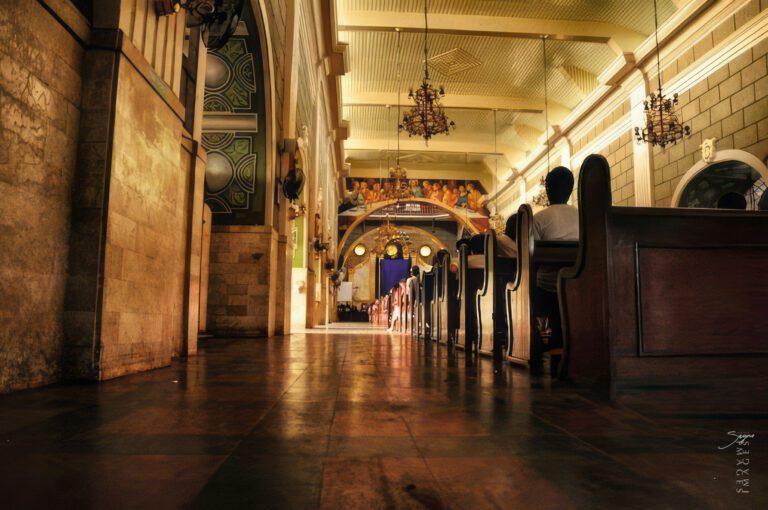
In 1668, under the guidance of Fray Nicolas Santiago, the construction of the current stone church began. This site became notable as one of the first in the country to have its parish and municipal halls in close proximity. The church underwent significant enhancements over the years, including the construction of the present convent in 1731 and the addition of a bell tower in 1800.
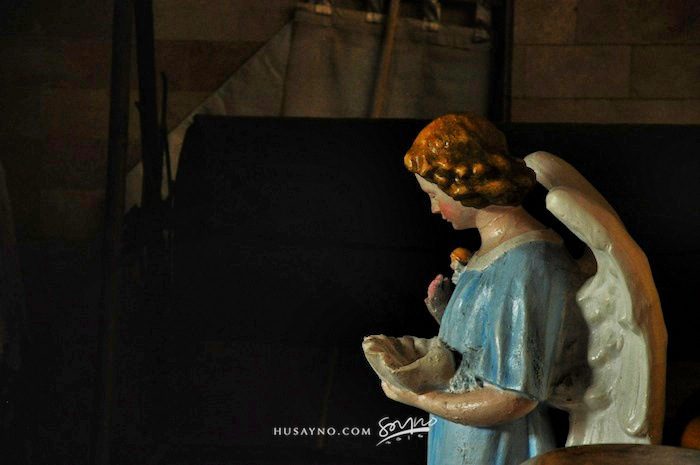
The bell tower, constructed by Father Francisco Gascueña, is particularly unique due to its large arch bridge connecting it to the church’s base. It originally housed five bells, the largest of which was named Maria Conception in 1878. Father Gascueña, a cherished figure among the parishioners, was buried beneath the main altar upon his death in 1831.
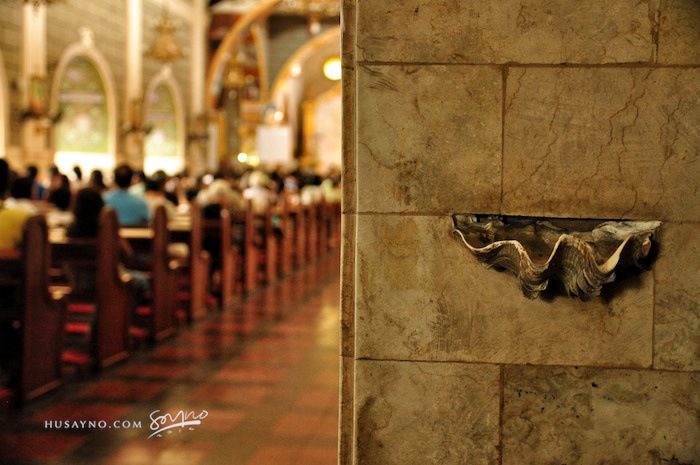
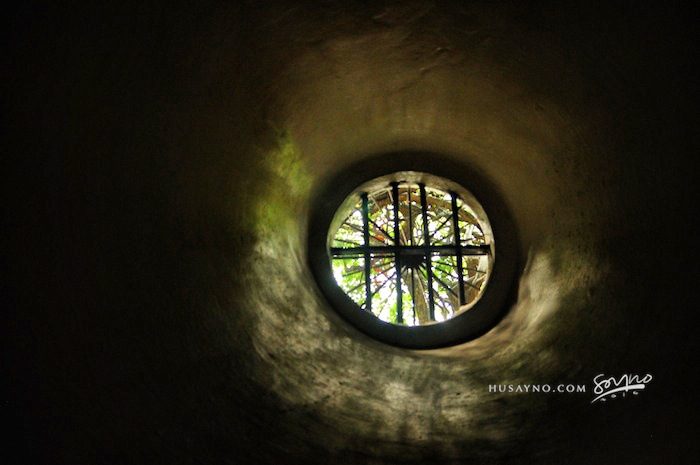
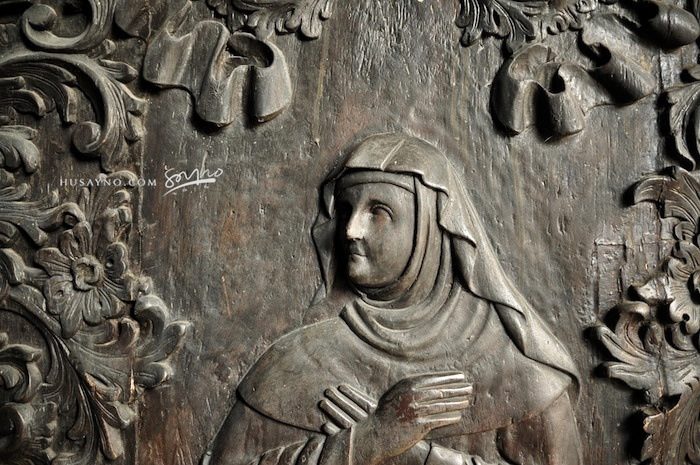
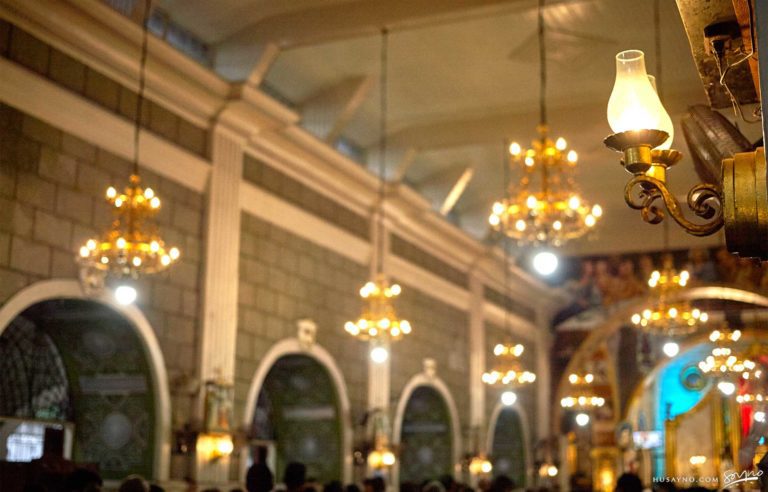
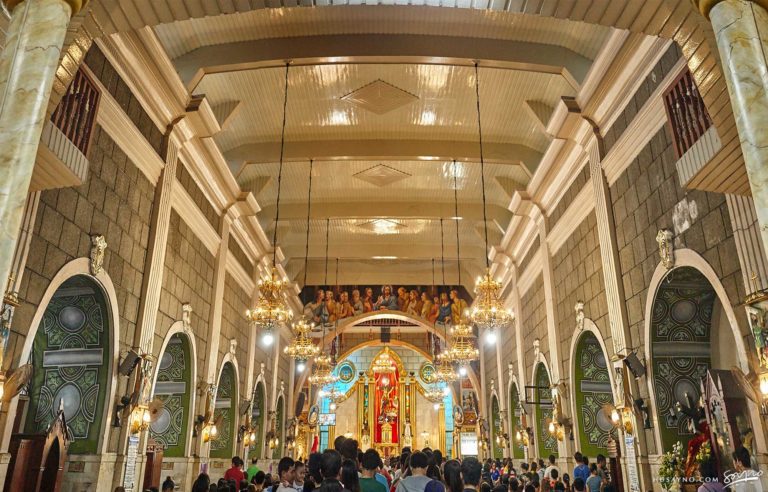
Throughout its history, the church has faced numerous trials. During the Philippine-American War, it was used as a headquarters by the American army, resulting in damage and loss of church possessions. Despite its resilience through World War II, the church was severely affected by “The Great Fire of Meycauayan” in 1949, which destroyed many records, vestments, statues, and memorabilia. However, some items, including the tabernacle, were saved and are now displayed in the parish museum.
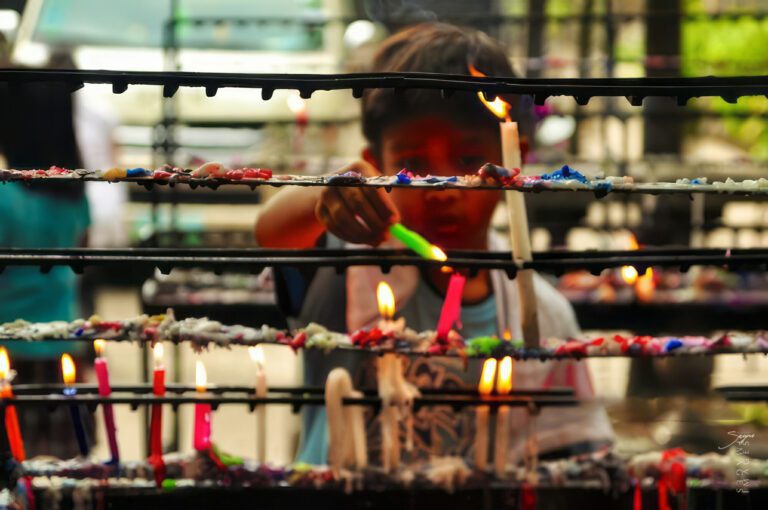
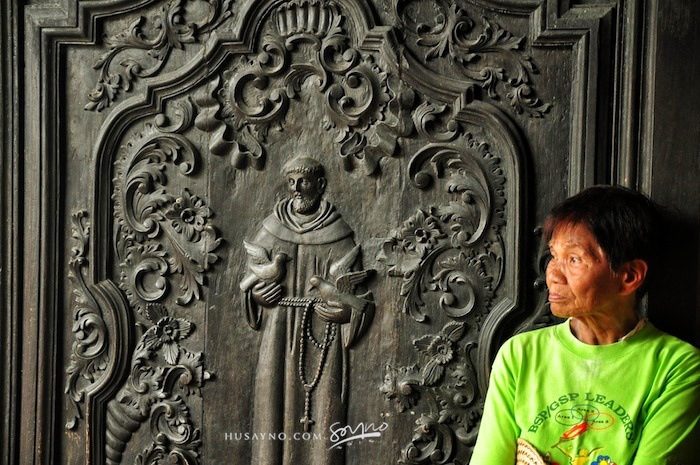
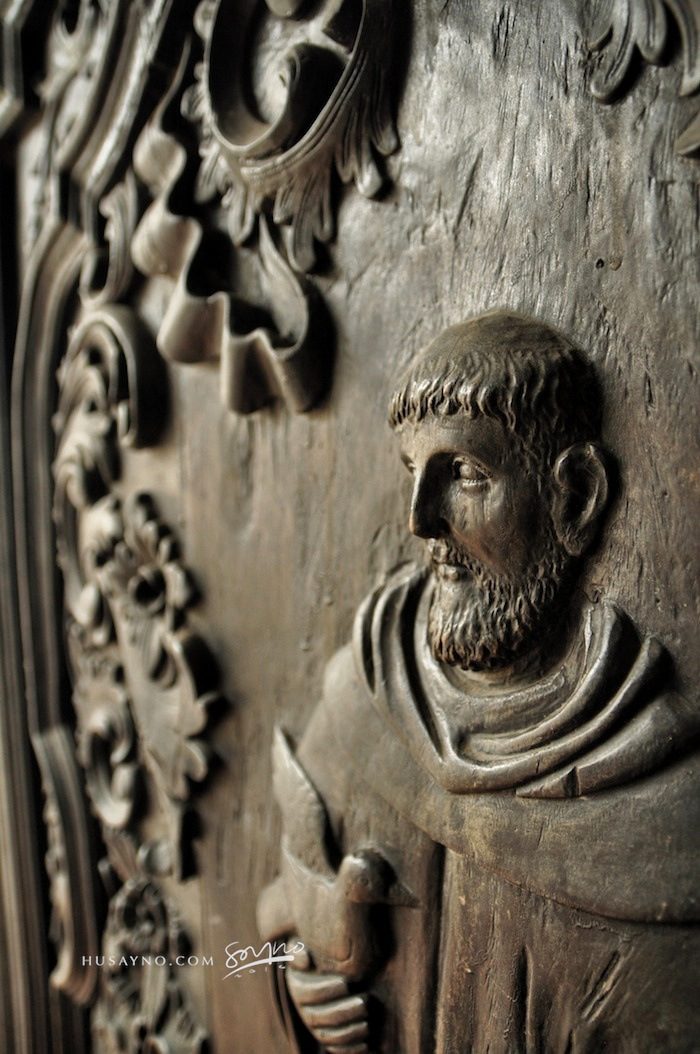
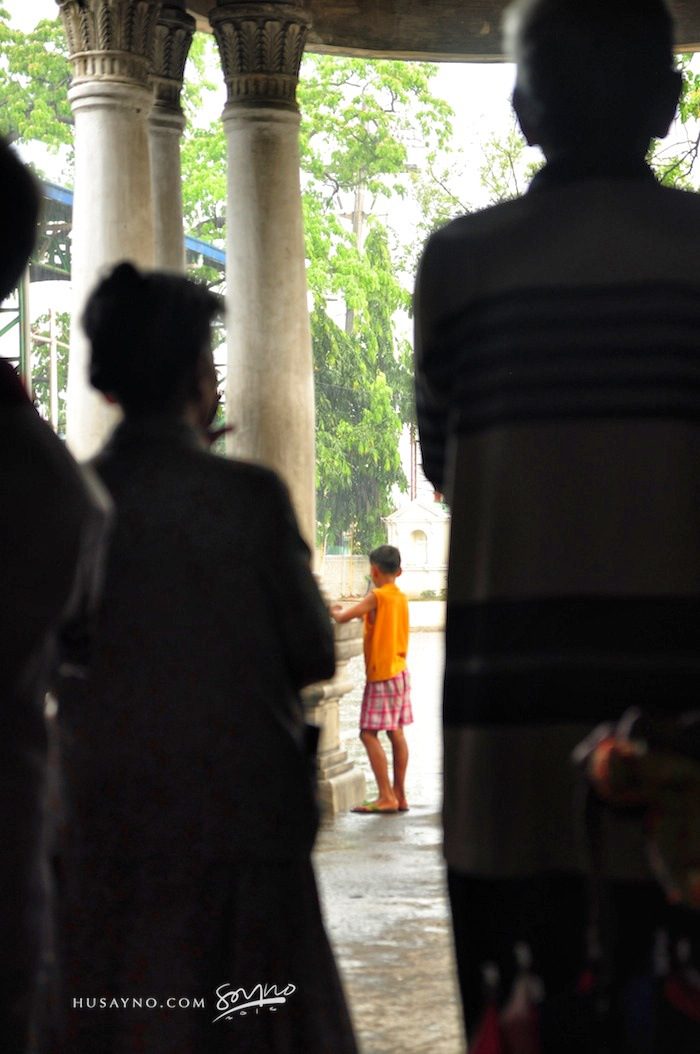
Recent restoration efforts have focused on the church’s interior walls and sanctuary, including the recreation of the neoclassic altarpiece of Father Benito Madridejos. Despite its numerous challenges, the Meycauayan Church continues to stand as a testament to the enduring spirit of the community and its commitment to preserving its historical and religious heritage. Among its notable relics is the Cross of Sitio Torril, a significant artifact brought by the Franciscans in the early years of the town’s settlement, and it is displayed annually during the October 4th celebration for public veneration.
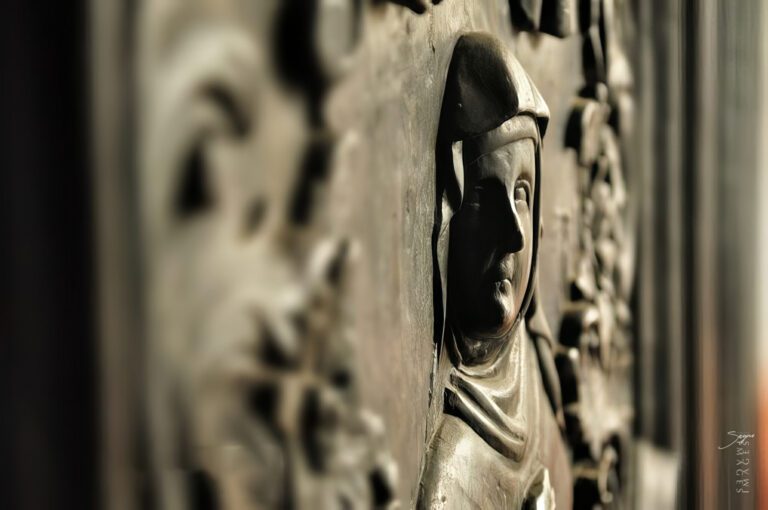
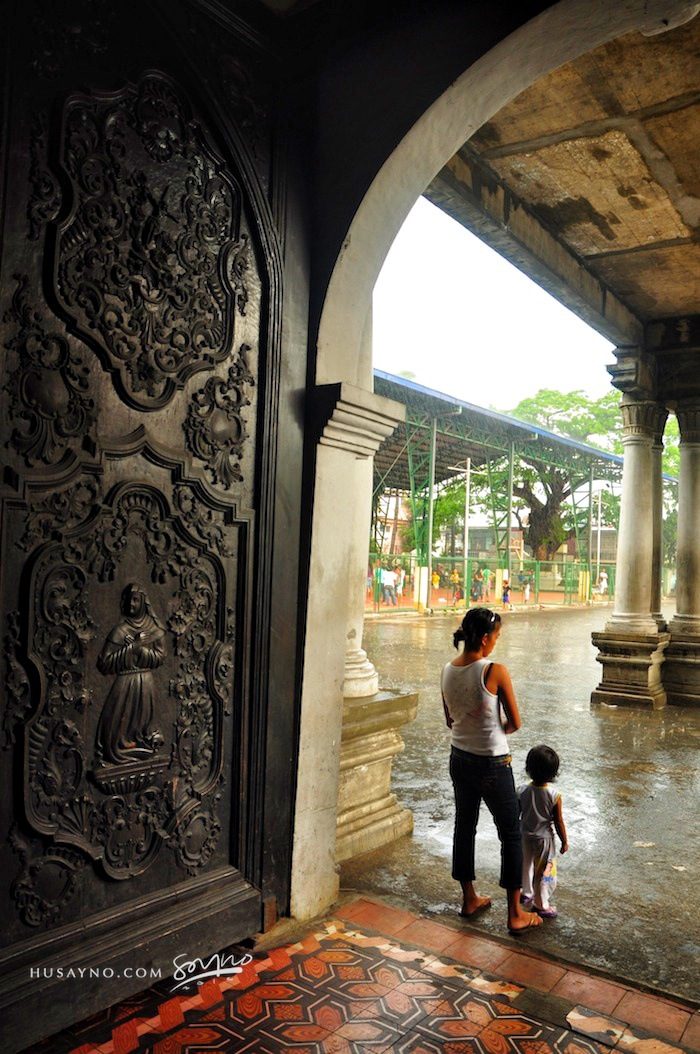
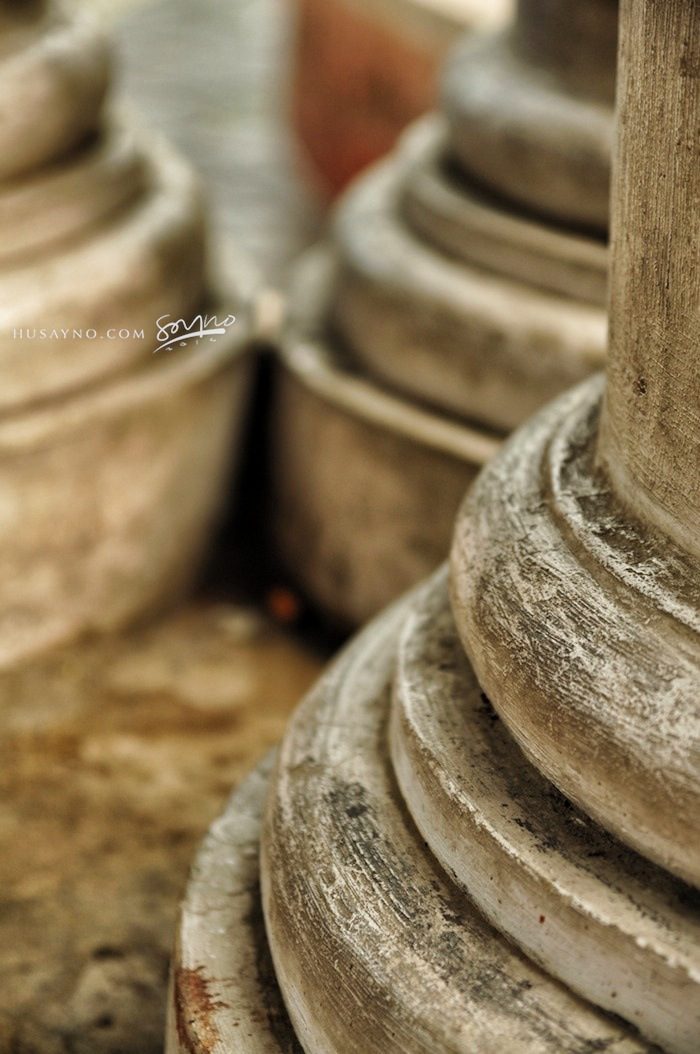
RELATED STORIES

Halamanan Festival is a celebration that takes place every January 23rd in Guiguinto, Bulacan, the Garden Capital of the Philippines, celebrating the beauty of the
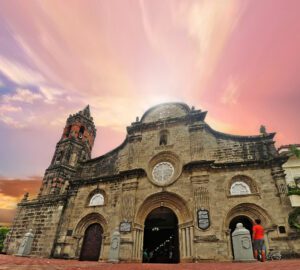
As it is commonly known, the Barasoain Church, one of the most historic religious buildings in the Philippines, and the site of the first Philippine
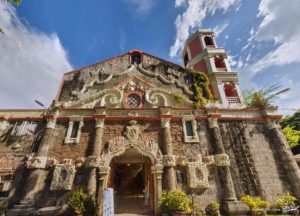
Calumpit Church or St. John’s Church has been recognized as the oldest church in Bulacan Province and the first site of Augustinian evangelisation in the

A heritage site, the Plaridel’s Simborio chapel was built during the 1700’s and it is considered one of the oldest structures in the Bulacan Province
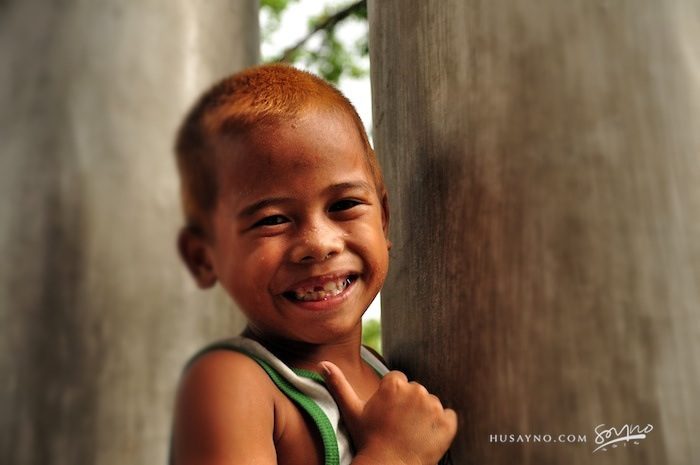
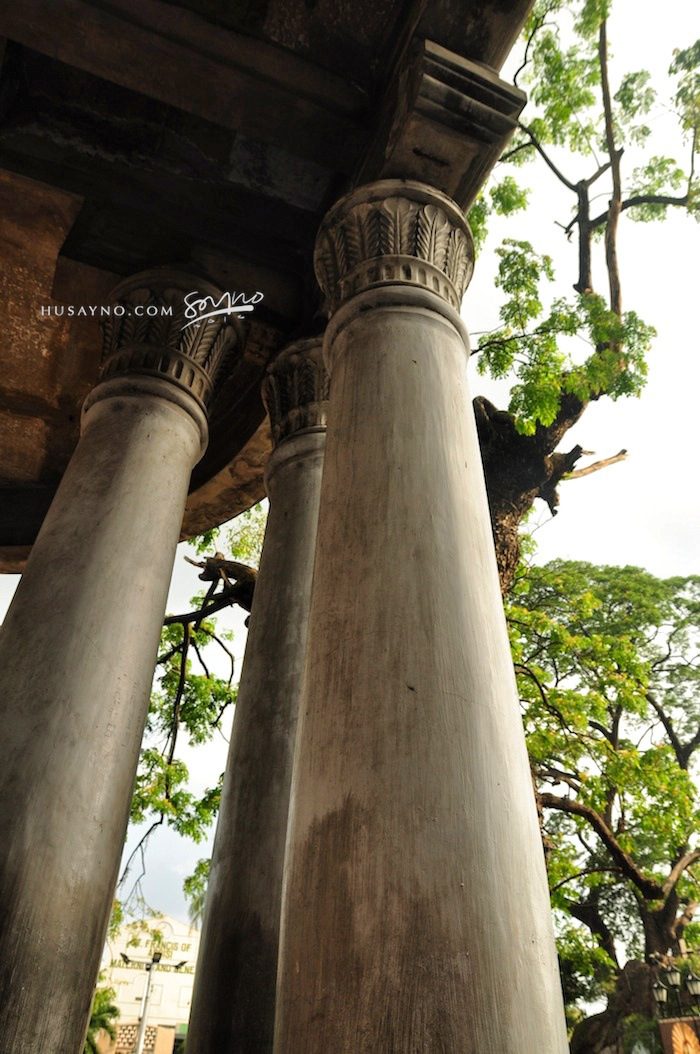
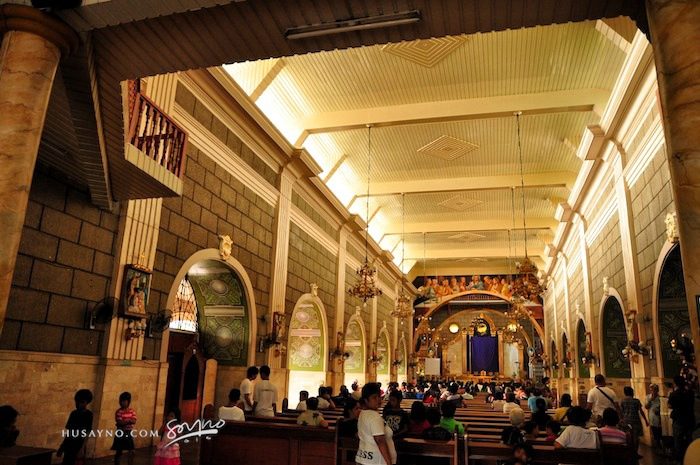
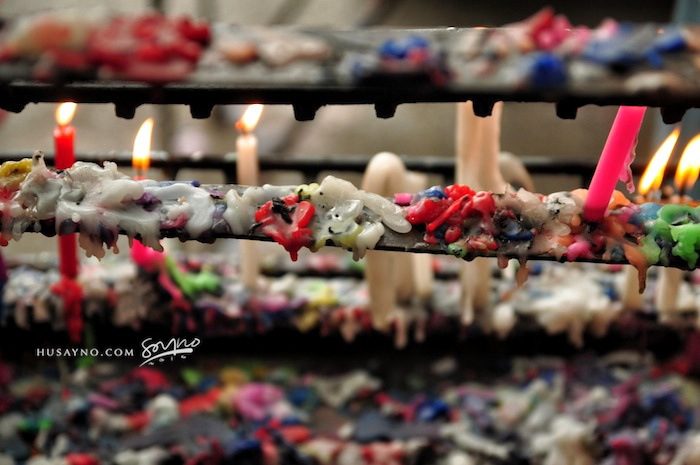
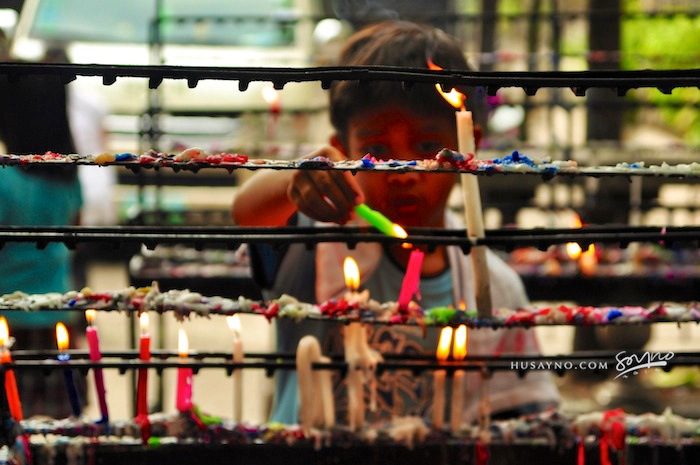
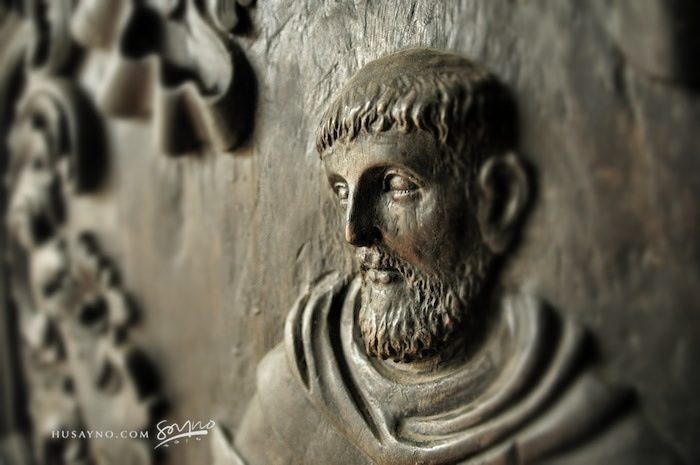
I’m looking forward to the stories and images leaving a lasting positive impression on you, just as they have on me. Stay connected with us on social media for a weekly exploration of travel assignments and breathtaking visuals. Our focus is on championing local tourism, showcasing small businesses, and honoring the magnificence of the Philippines through the content we curate. Join us in spreading the word by clicking the ‘share’ buttons below. Your support means the world to us.
EXPLORE MORE about

Halamanan Festival is a celebration that takes place every January 23rd in Guiguinto, Bulacan, the Garden Capital of the Philippines, celebrating the beauty of the

A heritage site, the Plaridel’s Simborio chapel was built during the 1700’s and it is considered one of the oldest structures in the Bulacan Province

As it is commonly known, the Barasoain Church, one of the most historic religious buildings in the Philippines, and the site of the first Philippine

Calumpit Church or St. John’s Church has been recognized as the oldest church in Bulacan Province and the first site of Augustinian evangelisation in the
BROWSE BY CATEGORIES